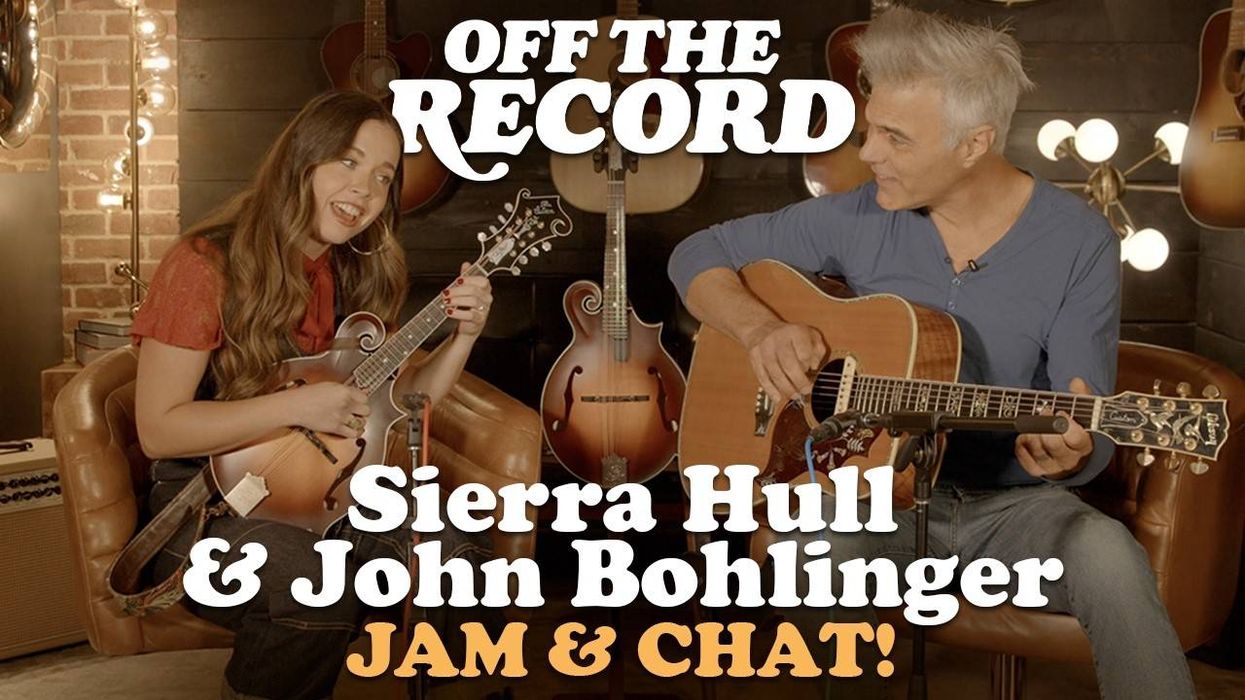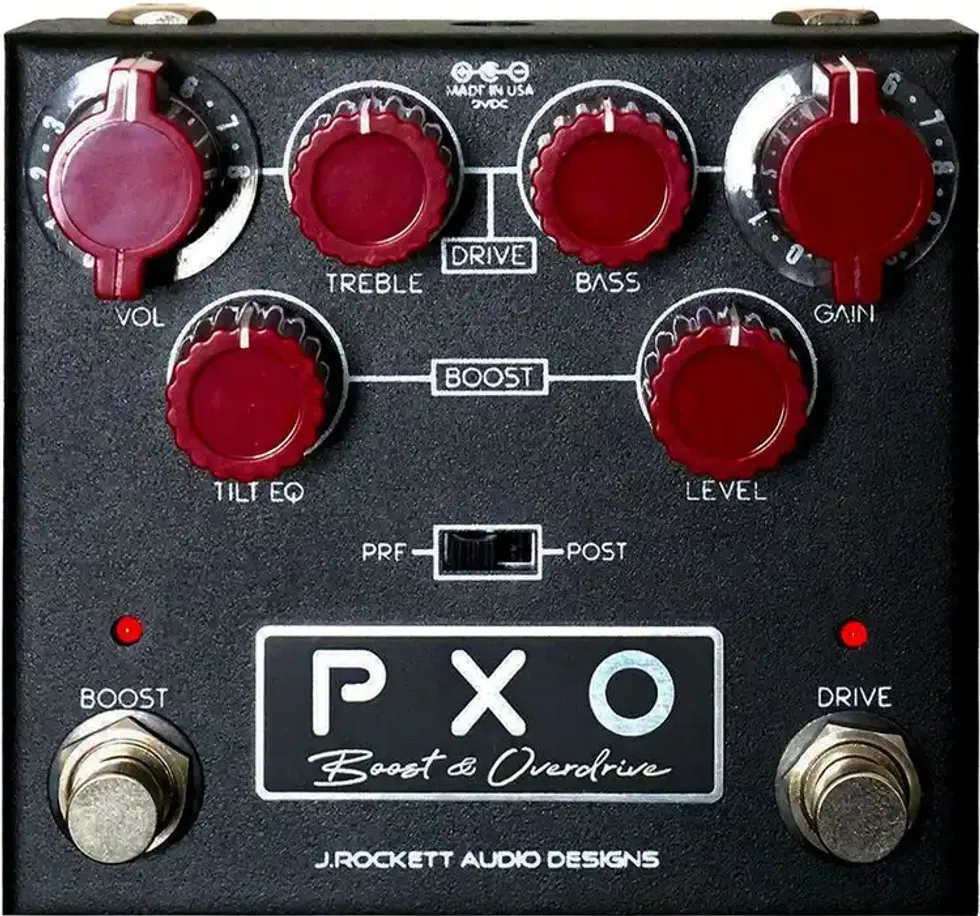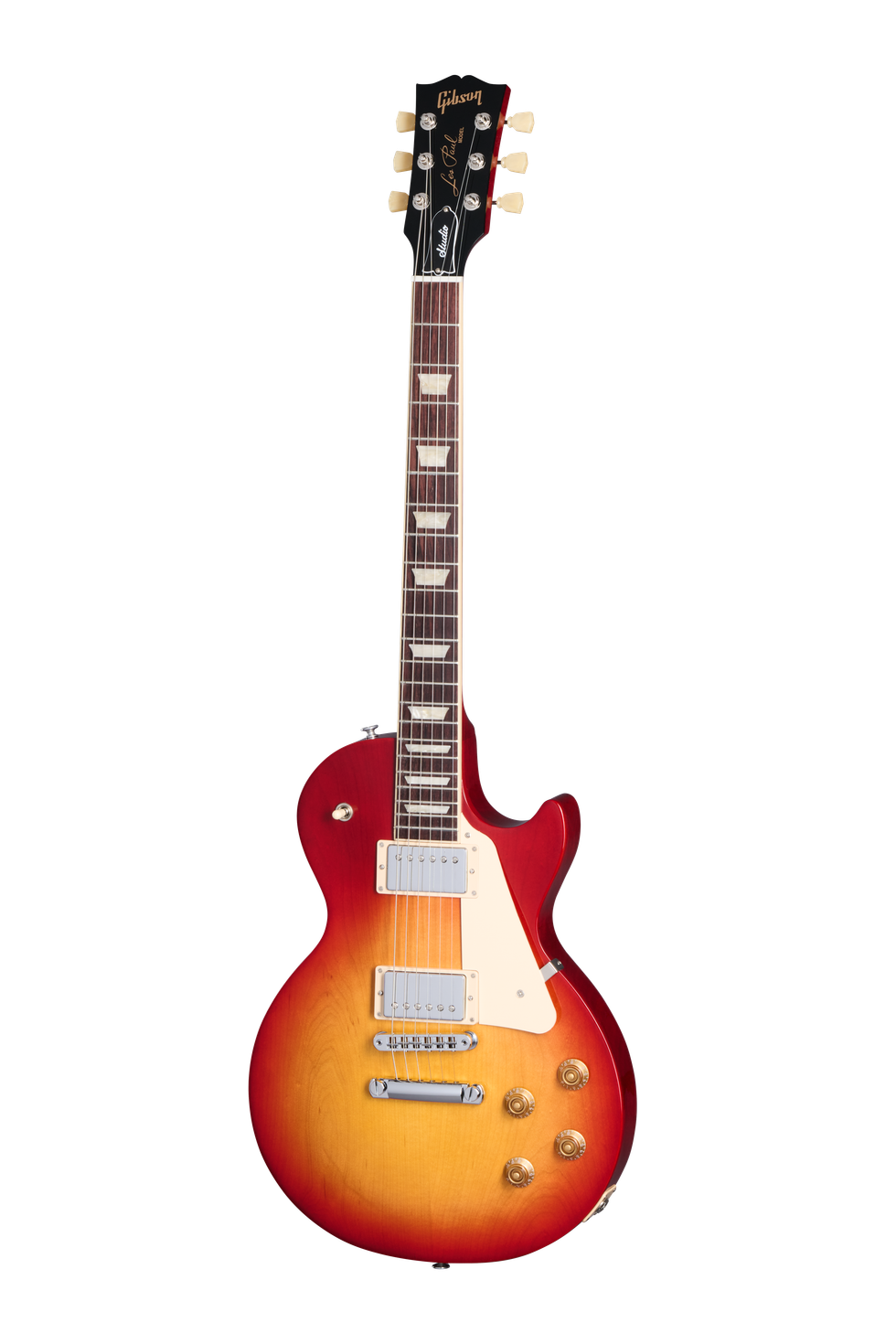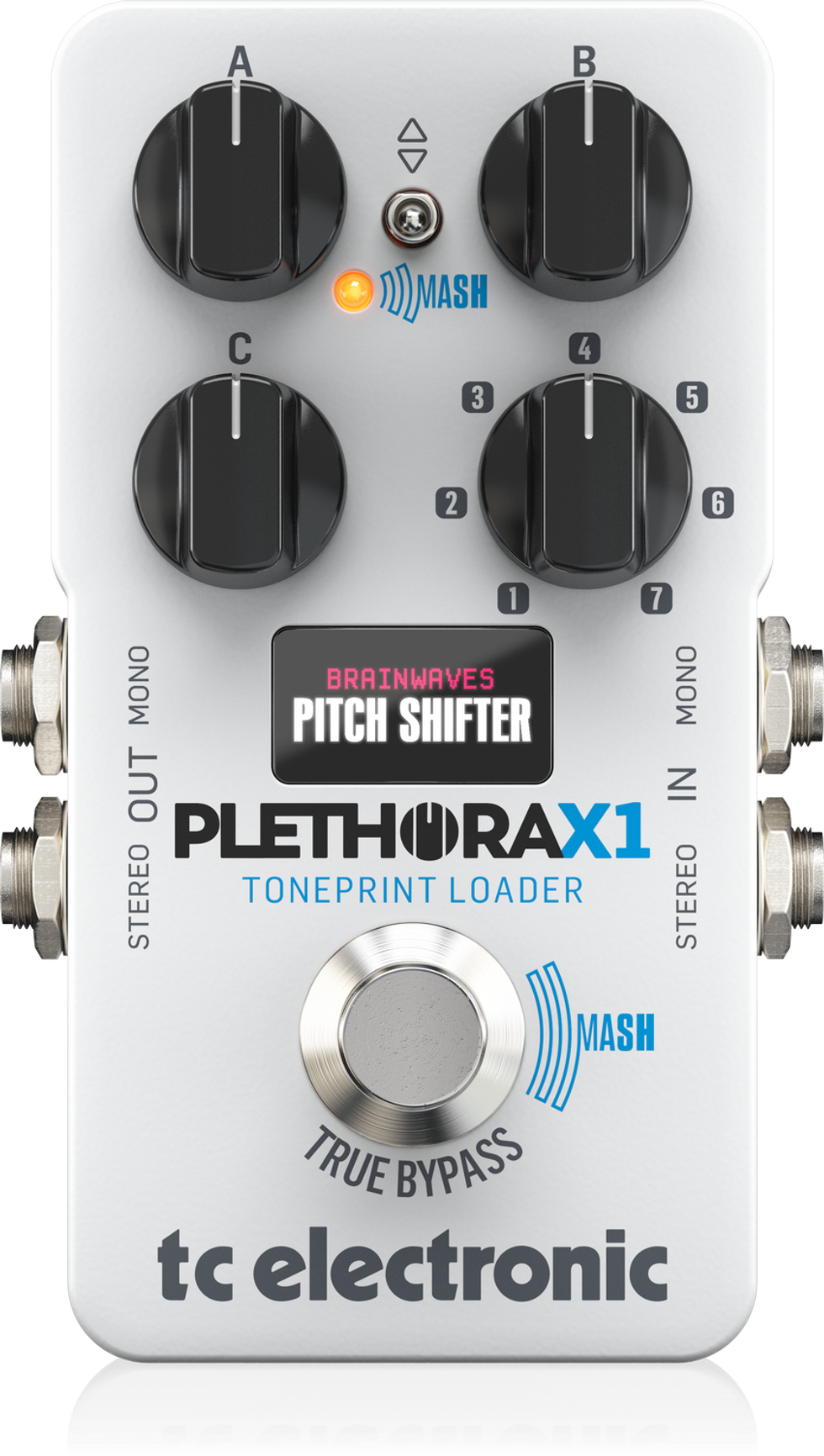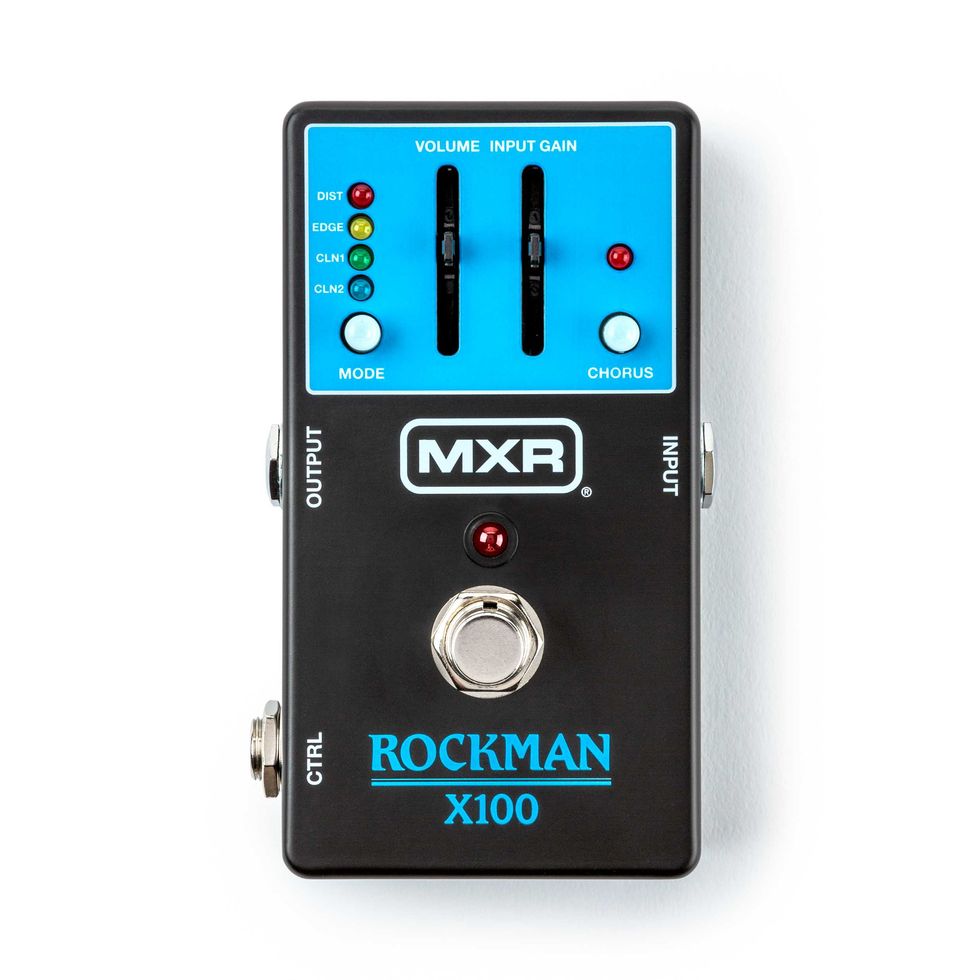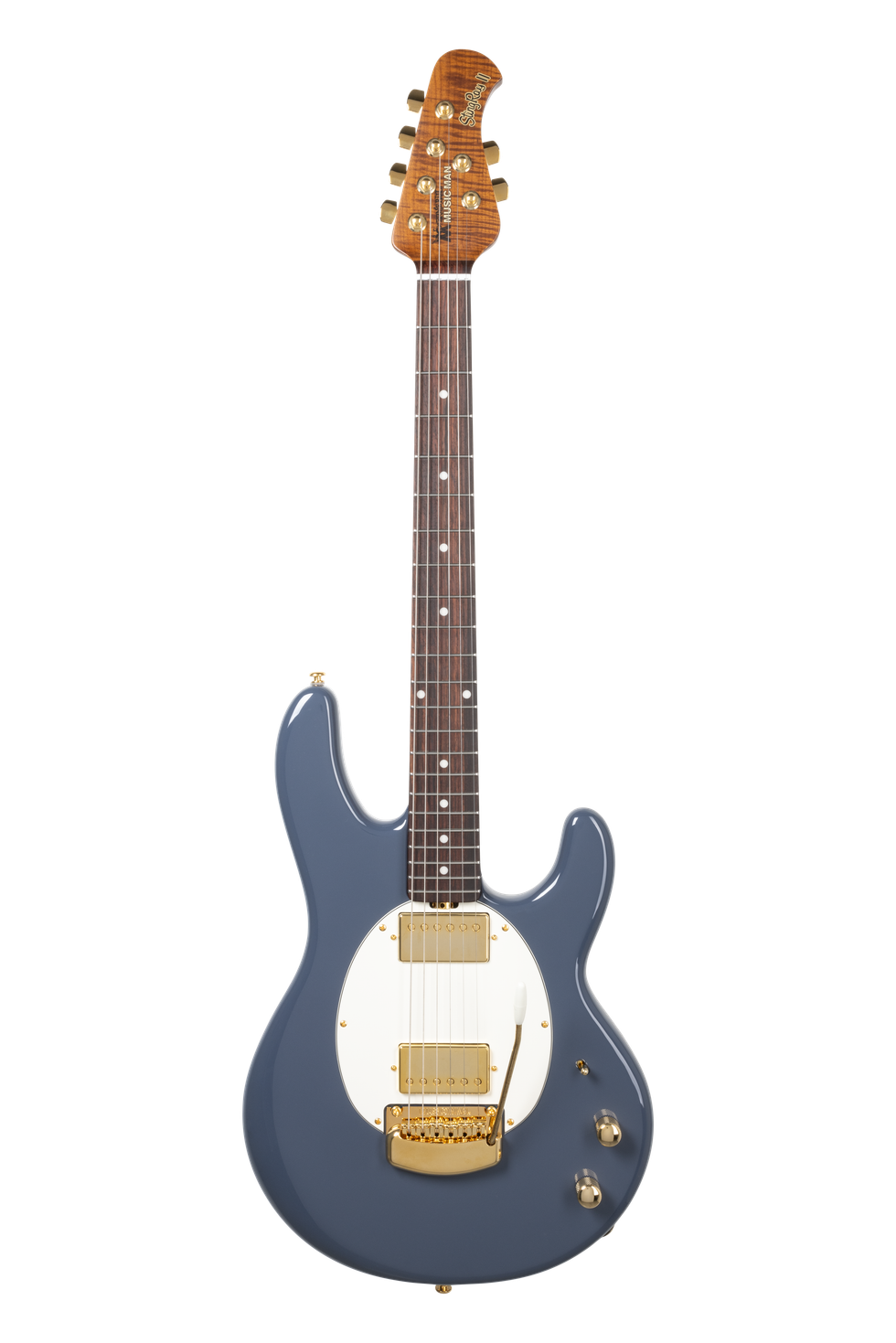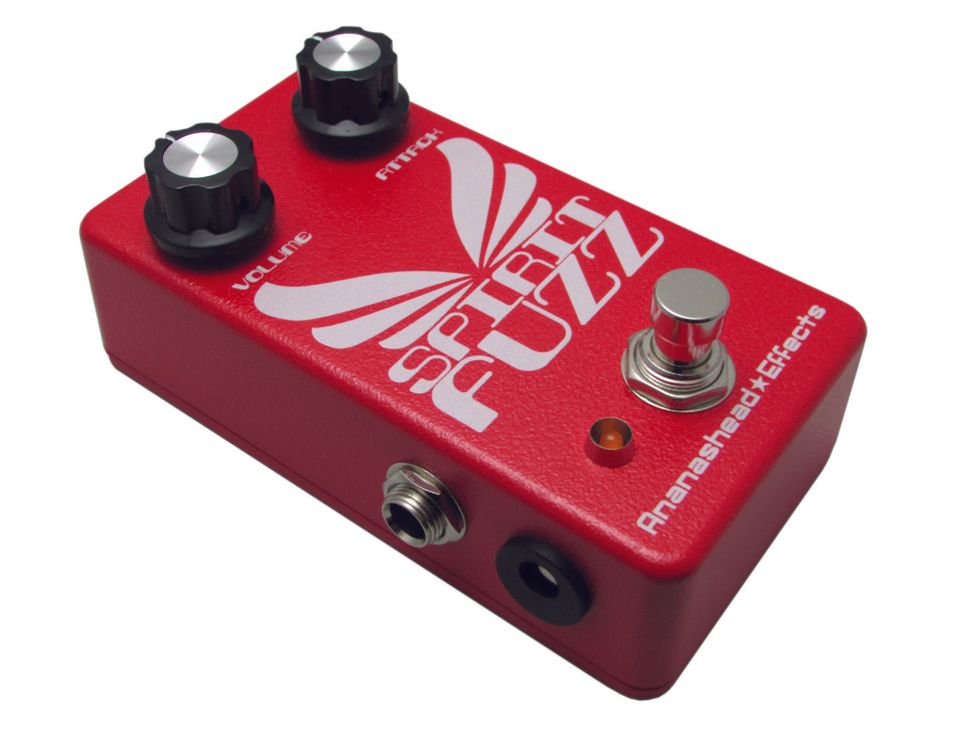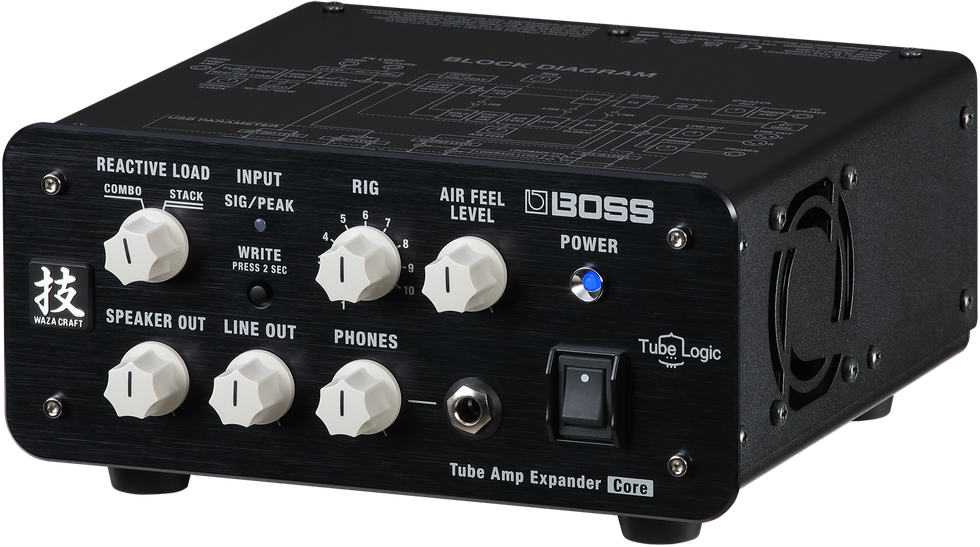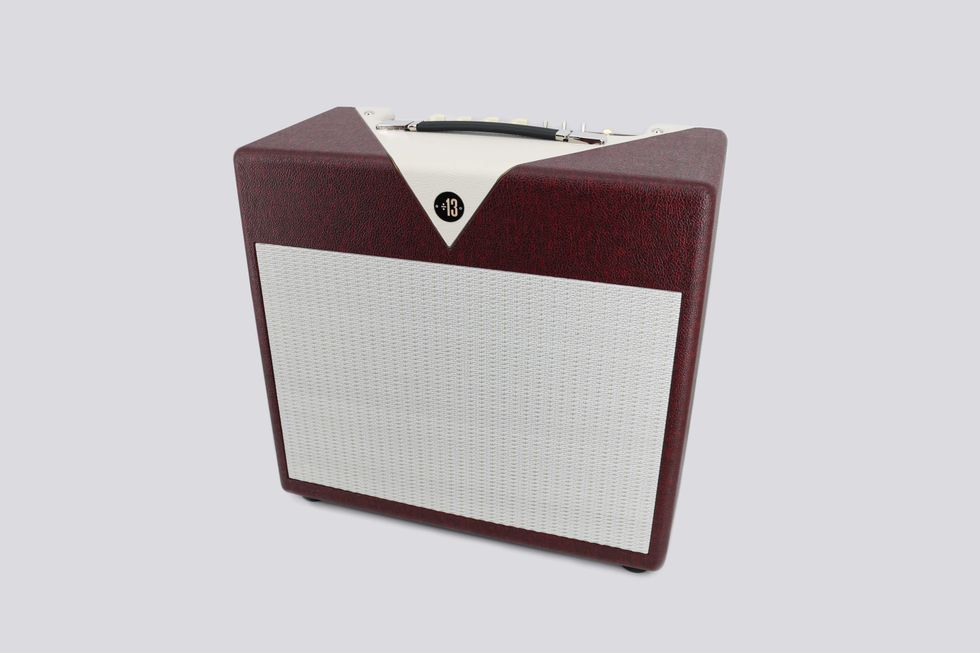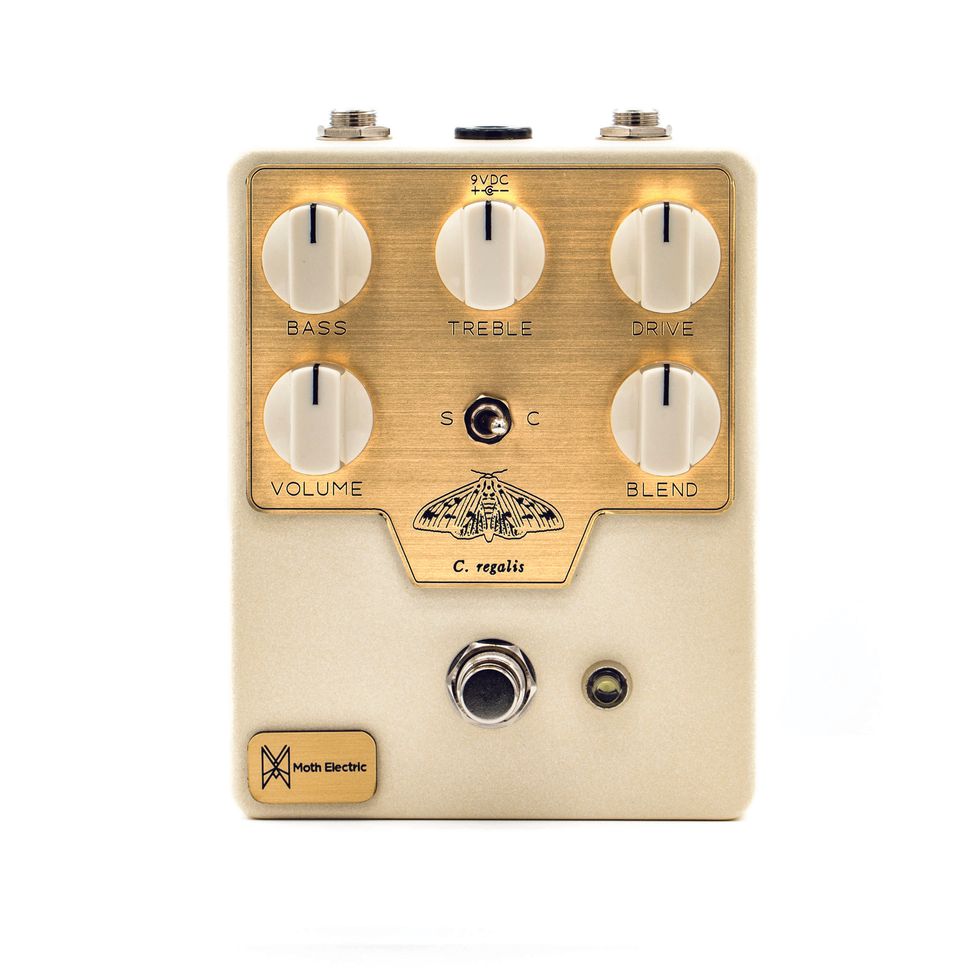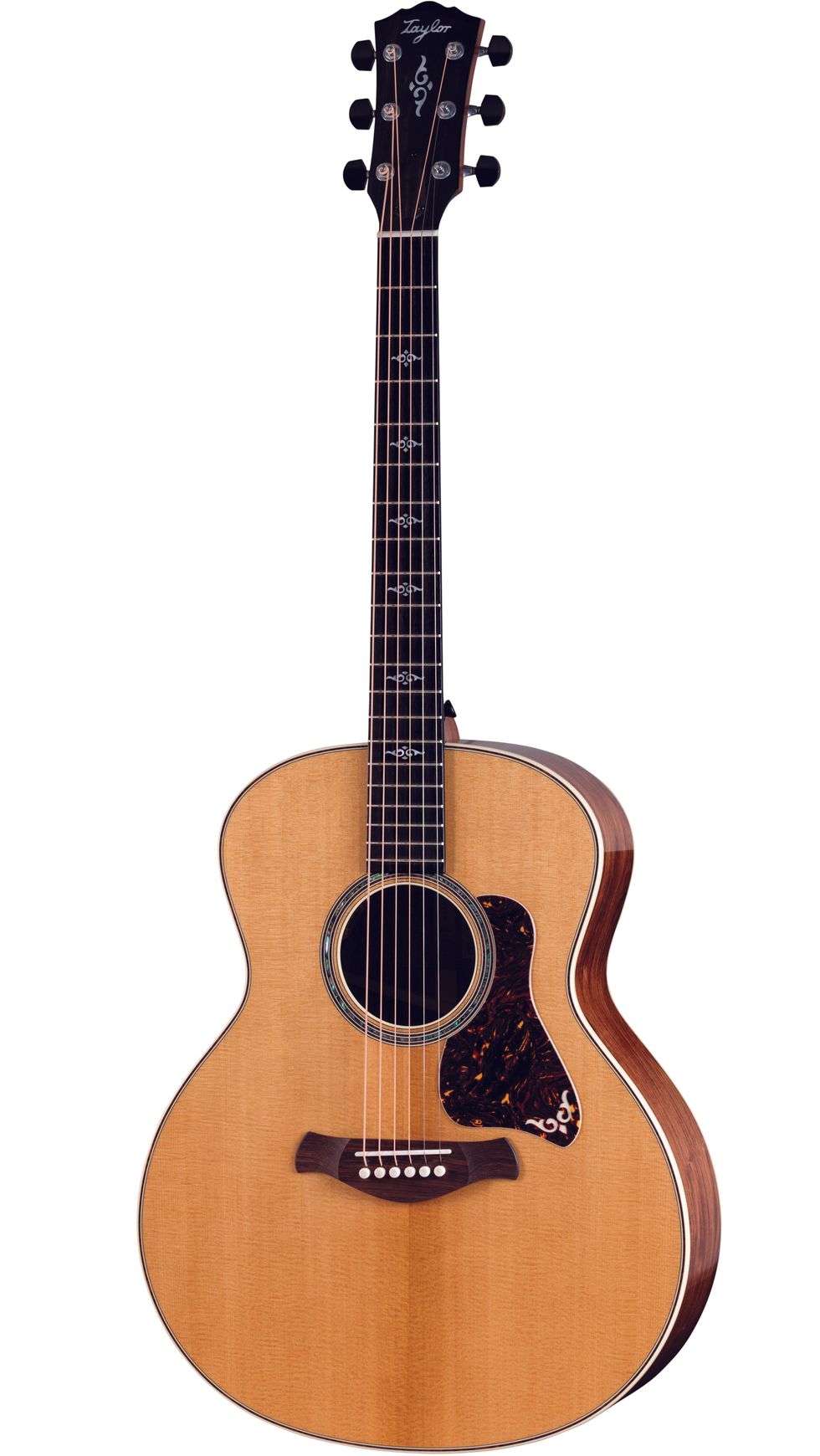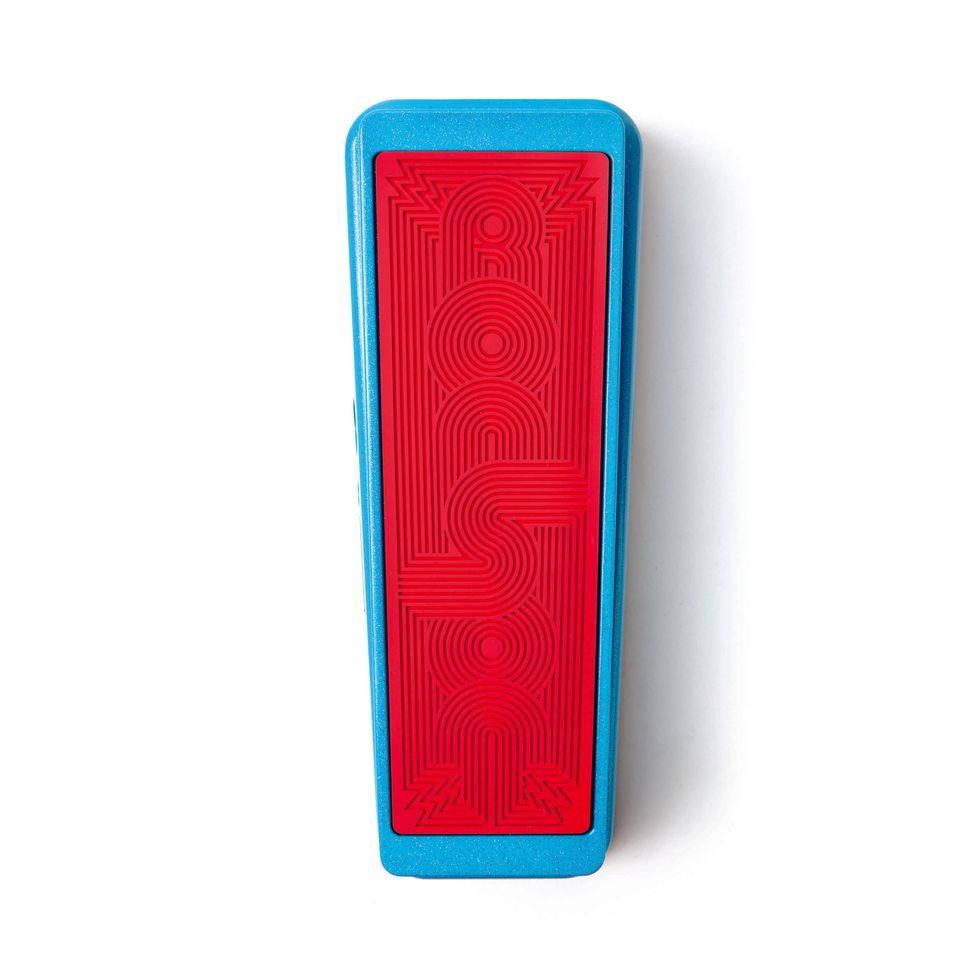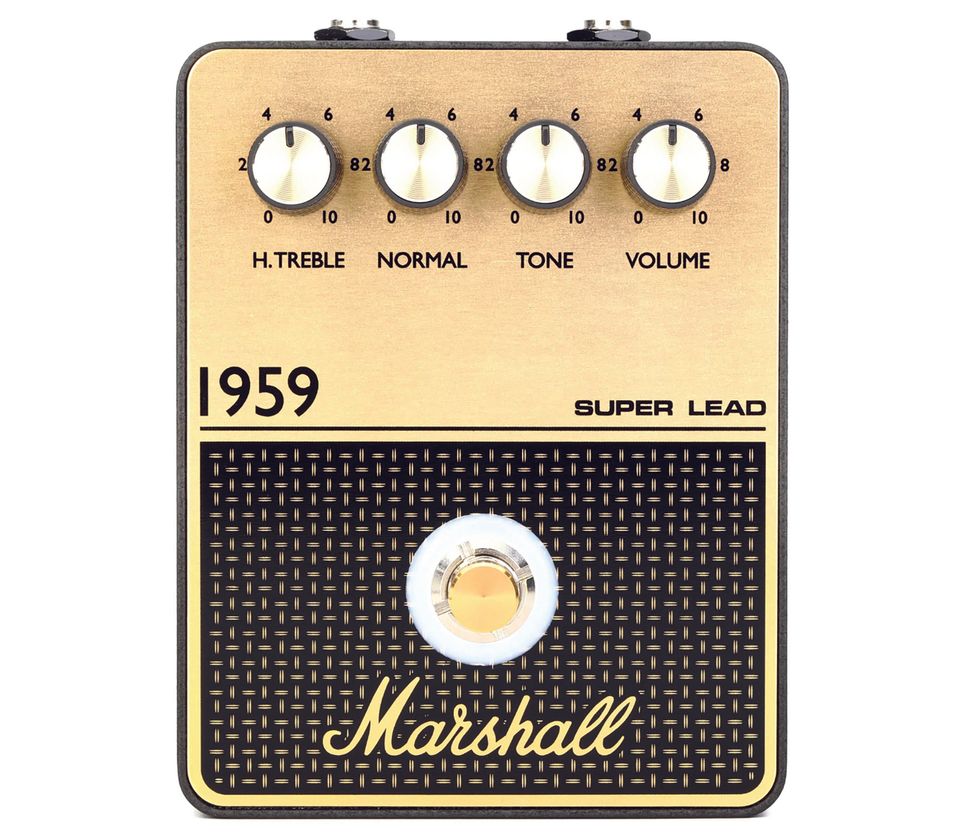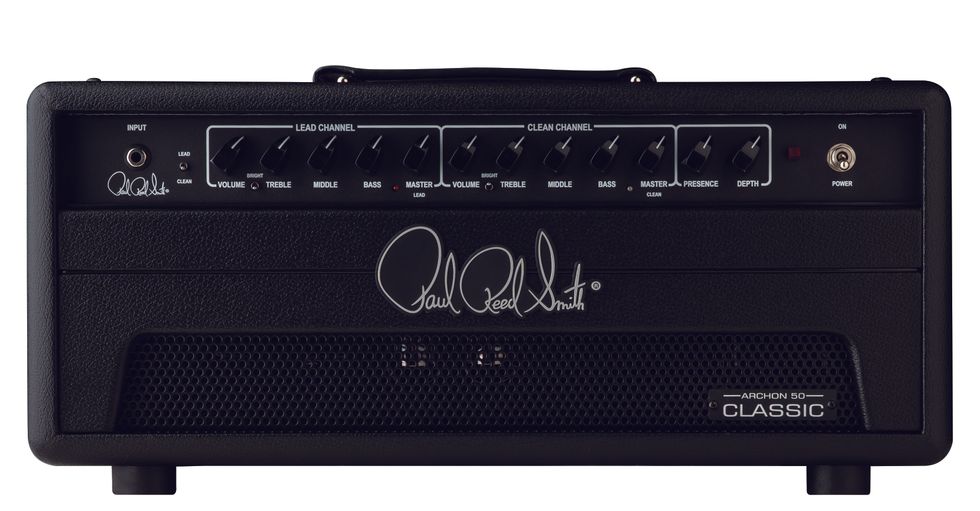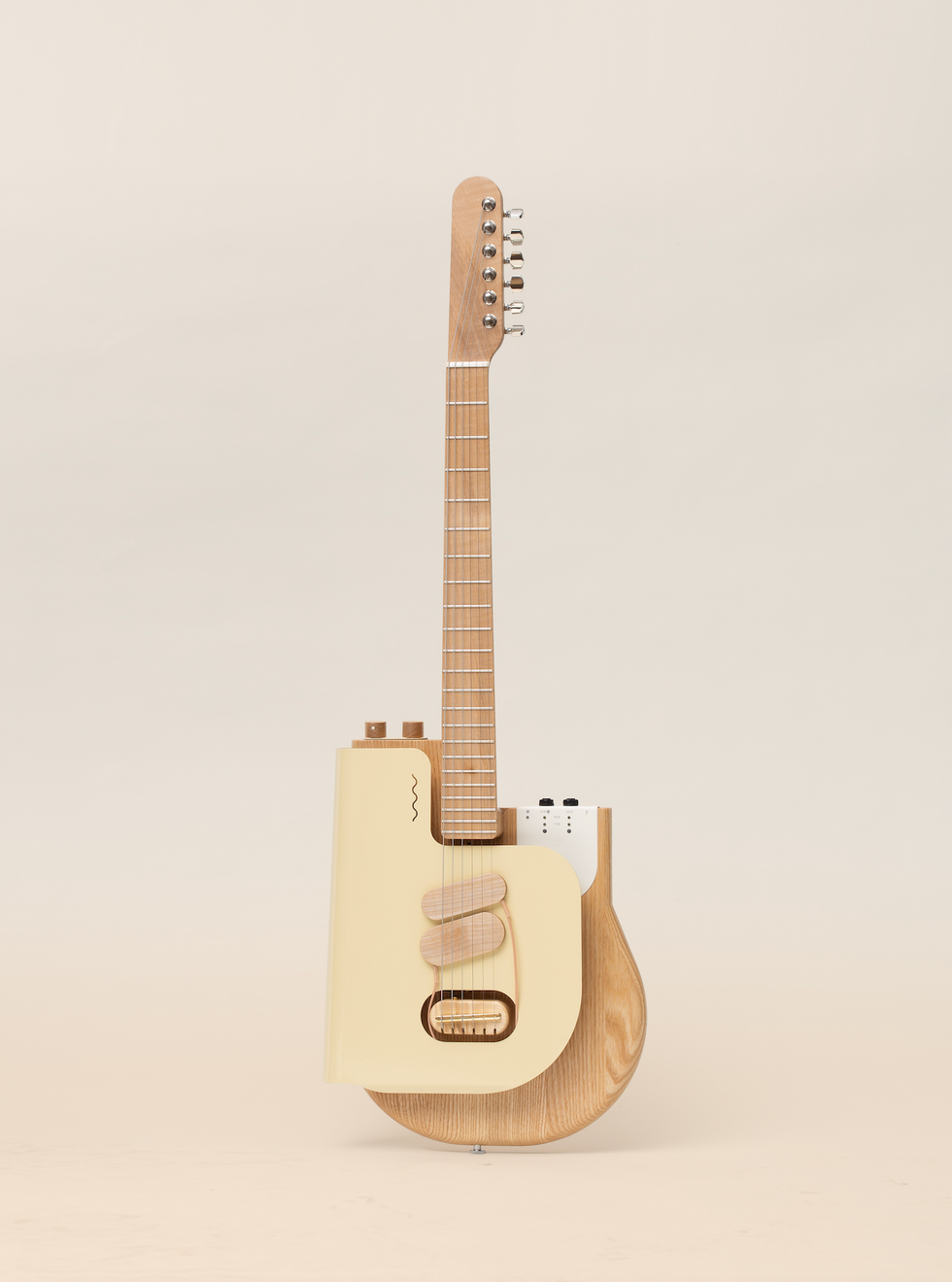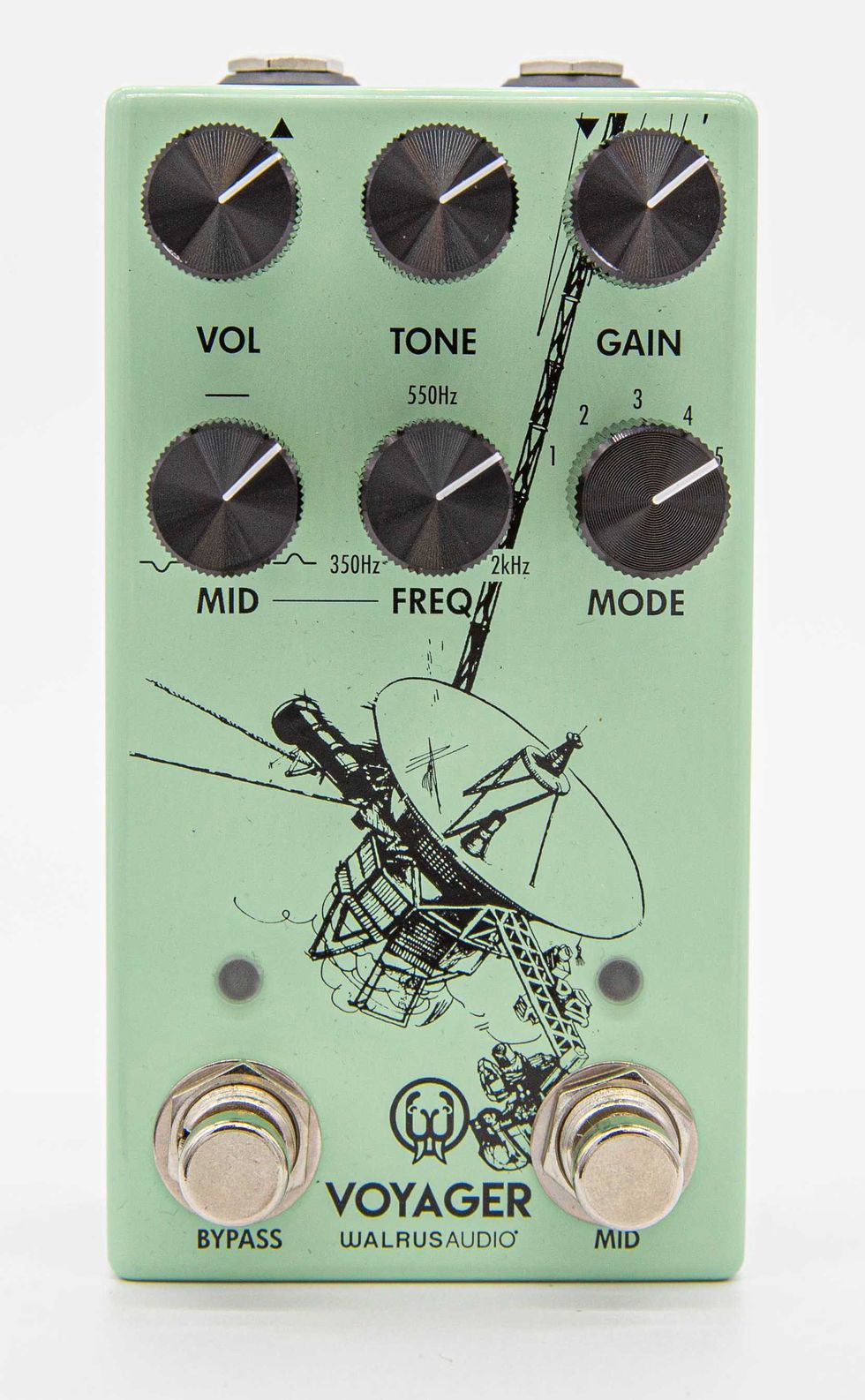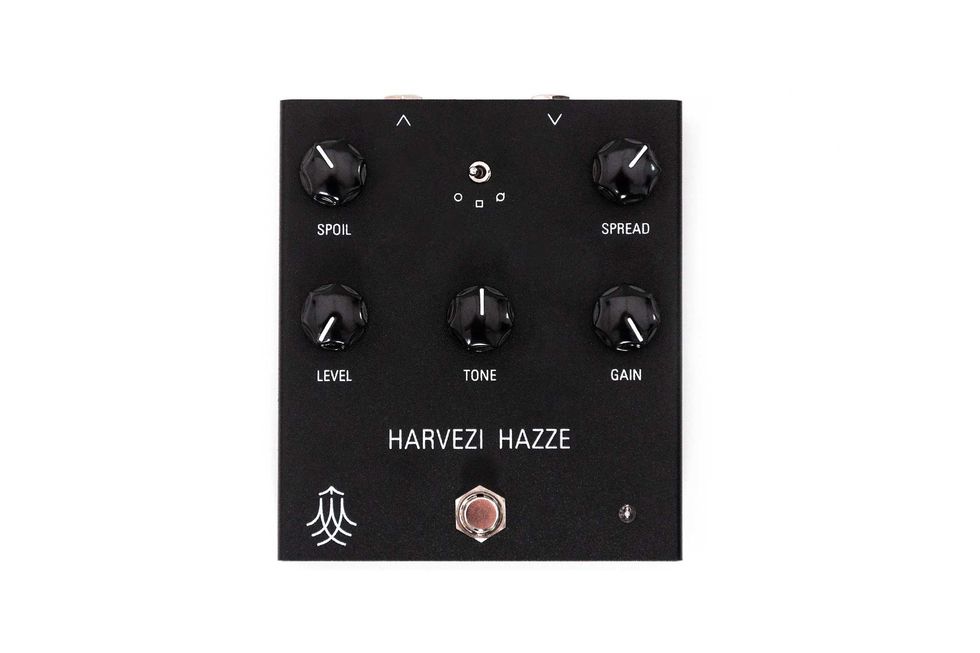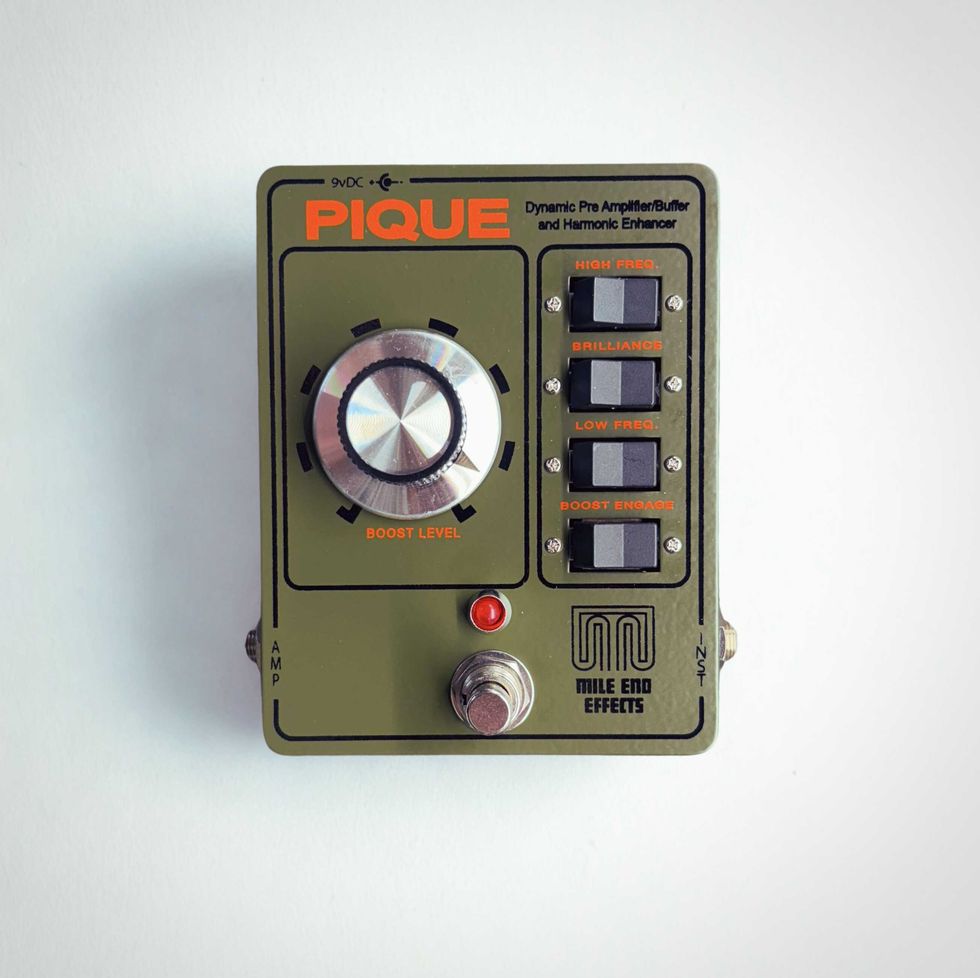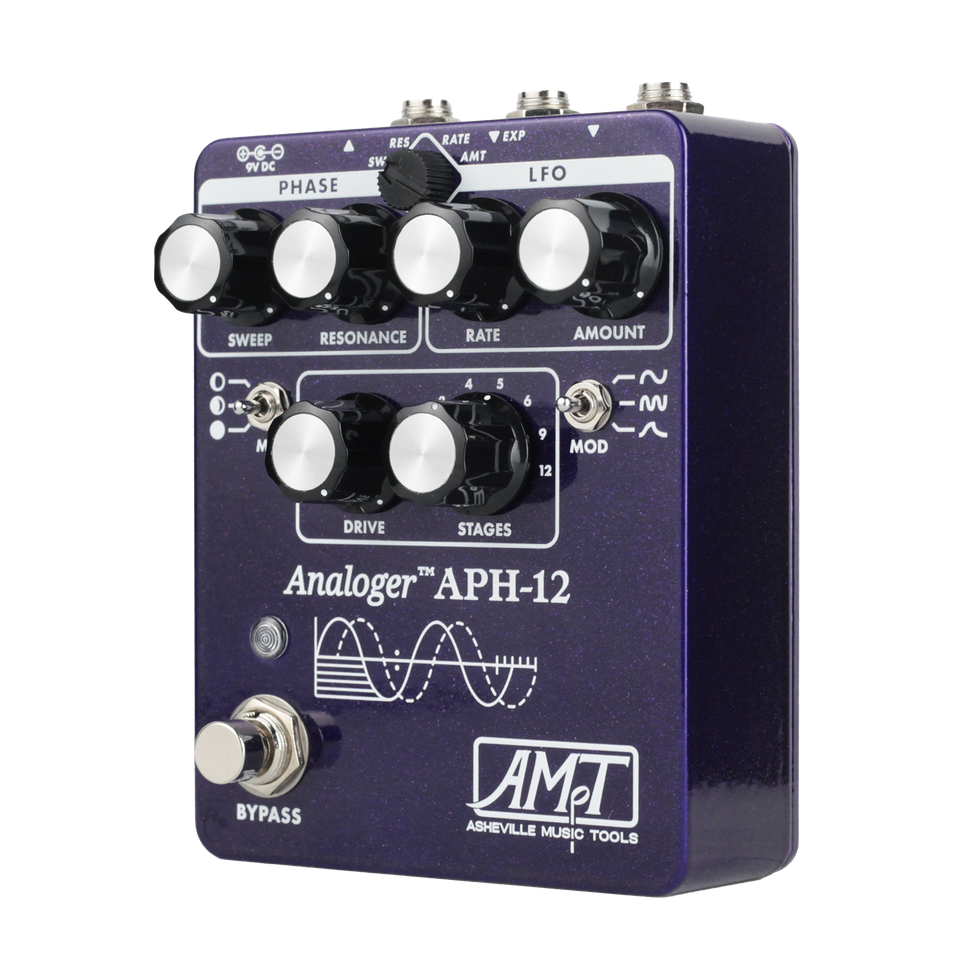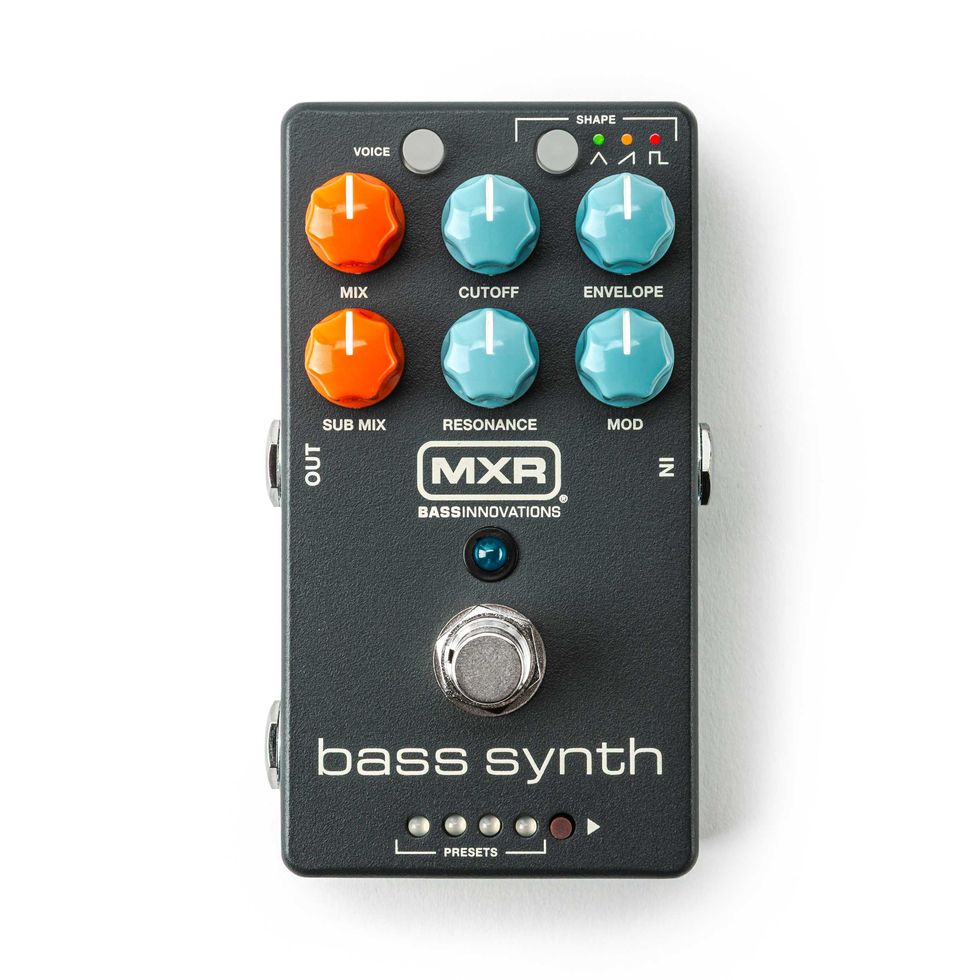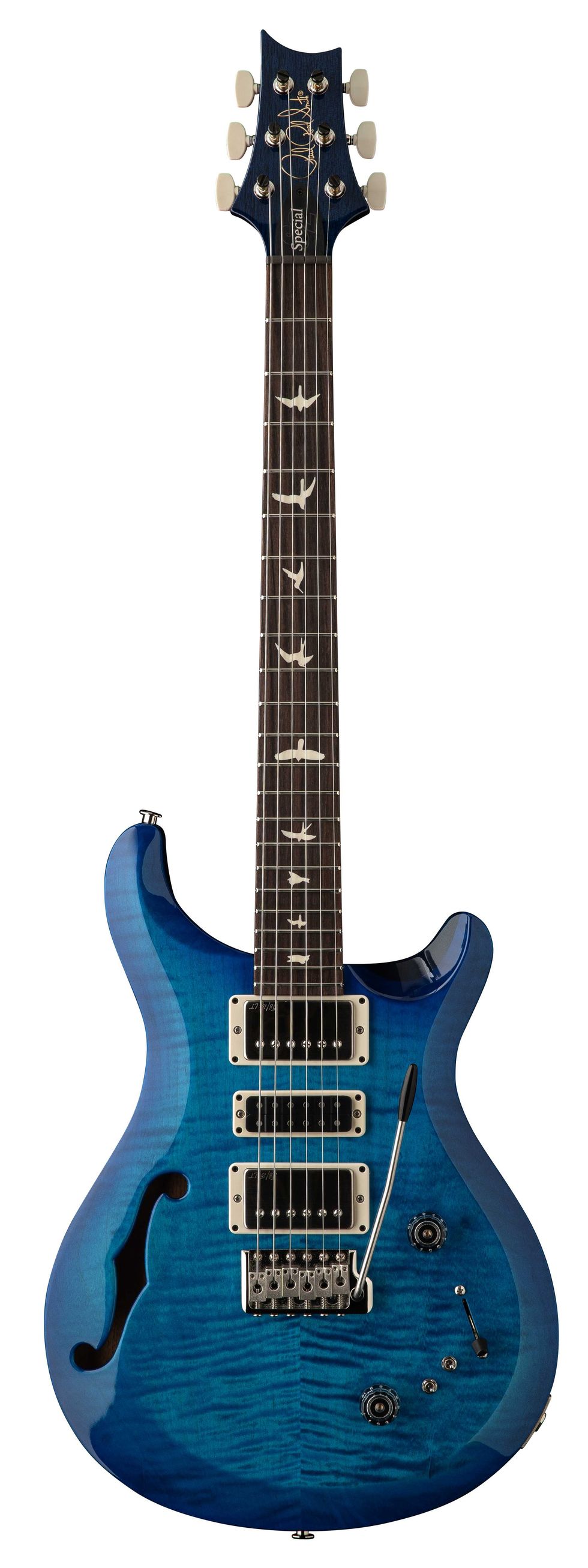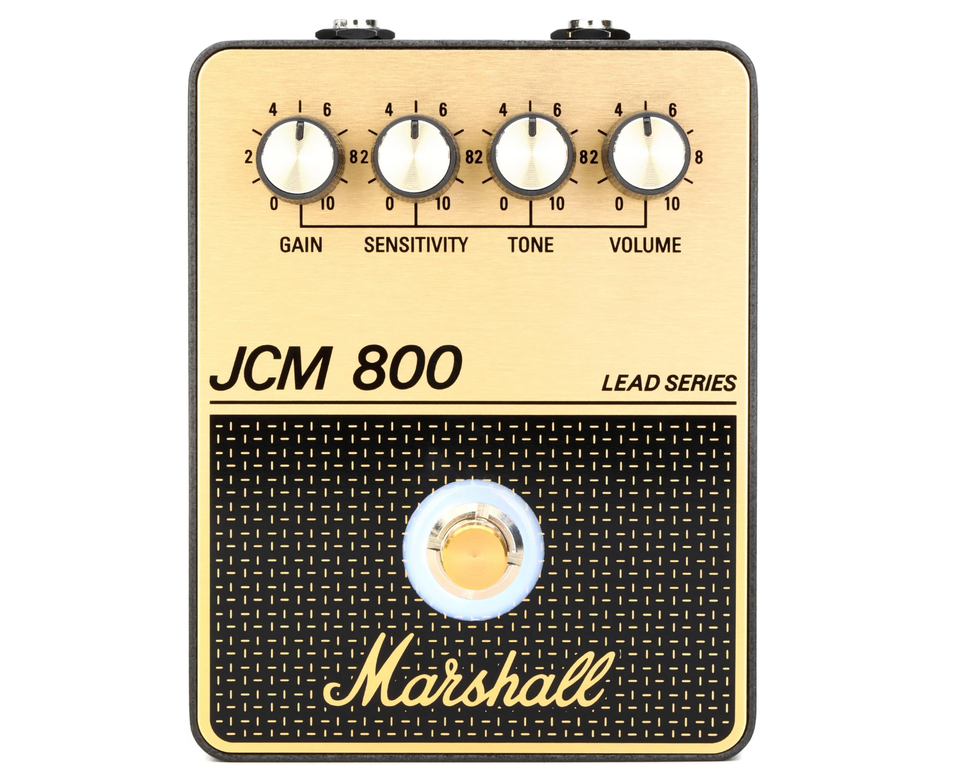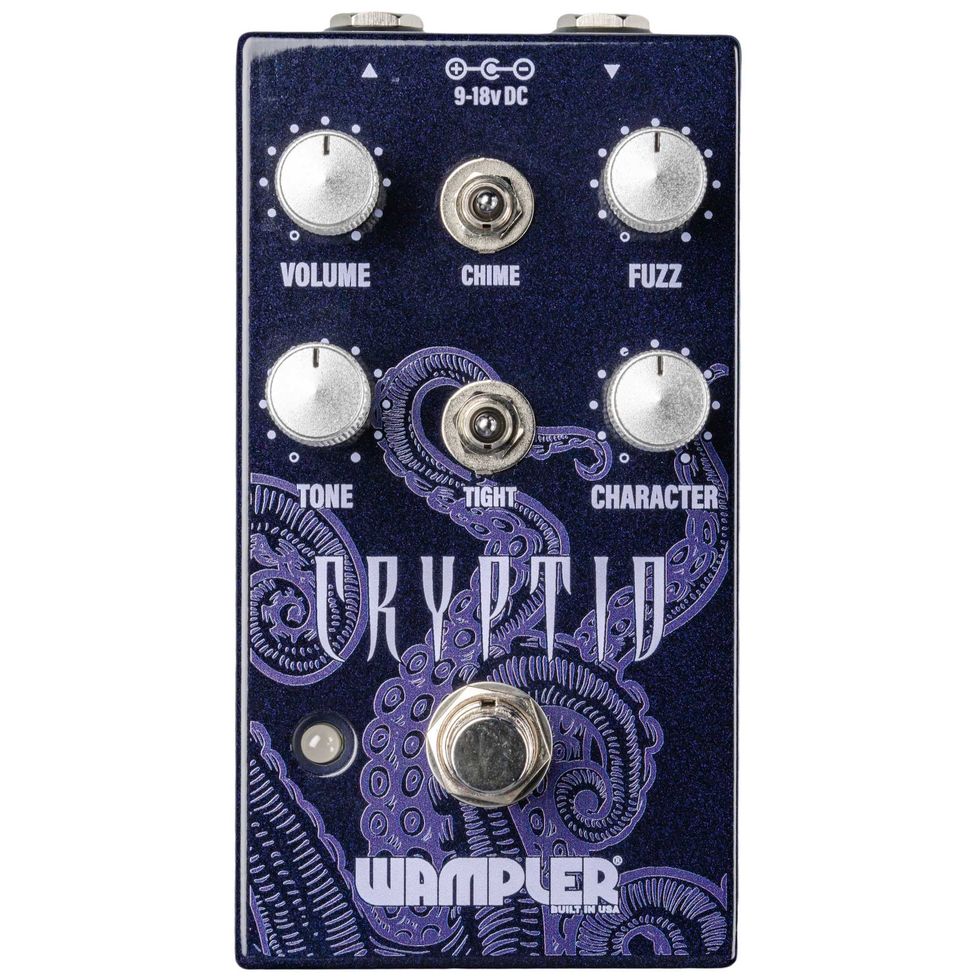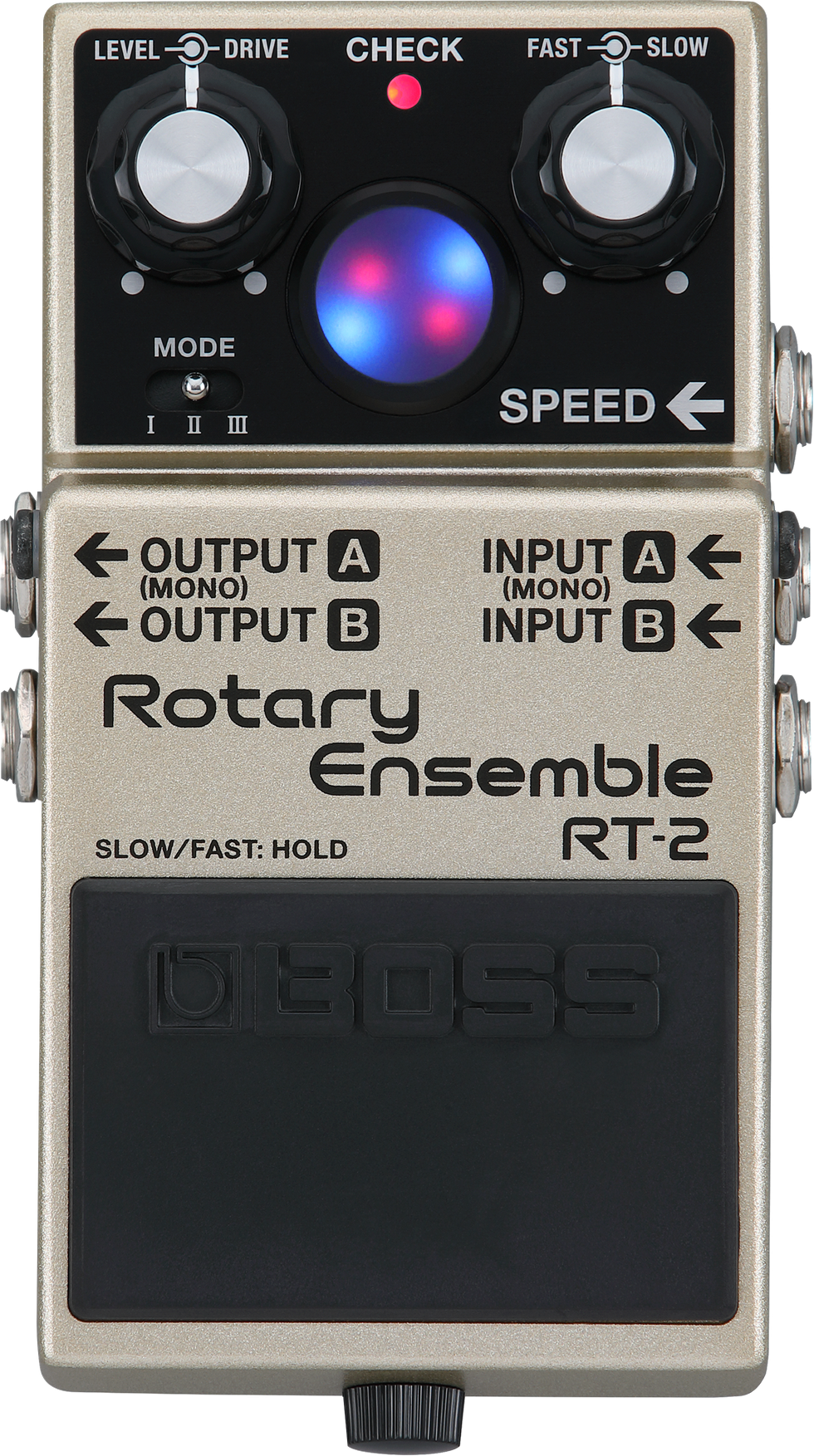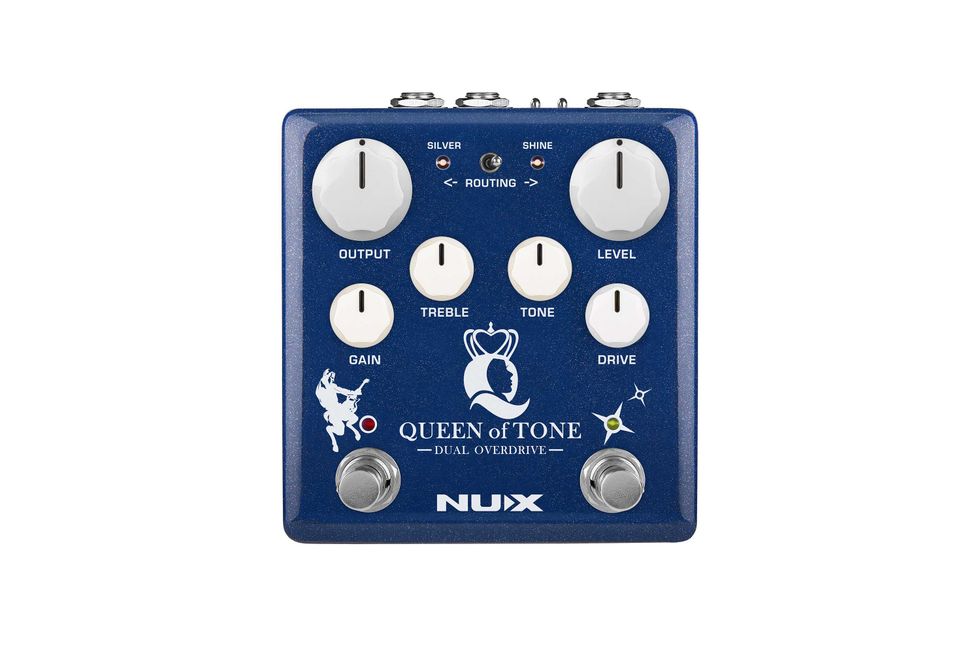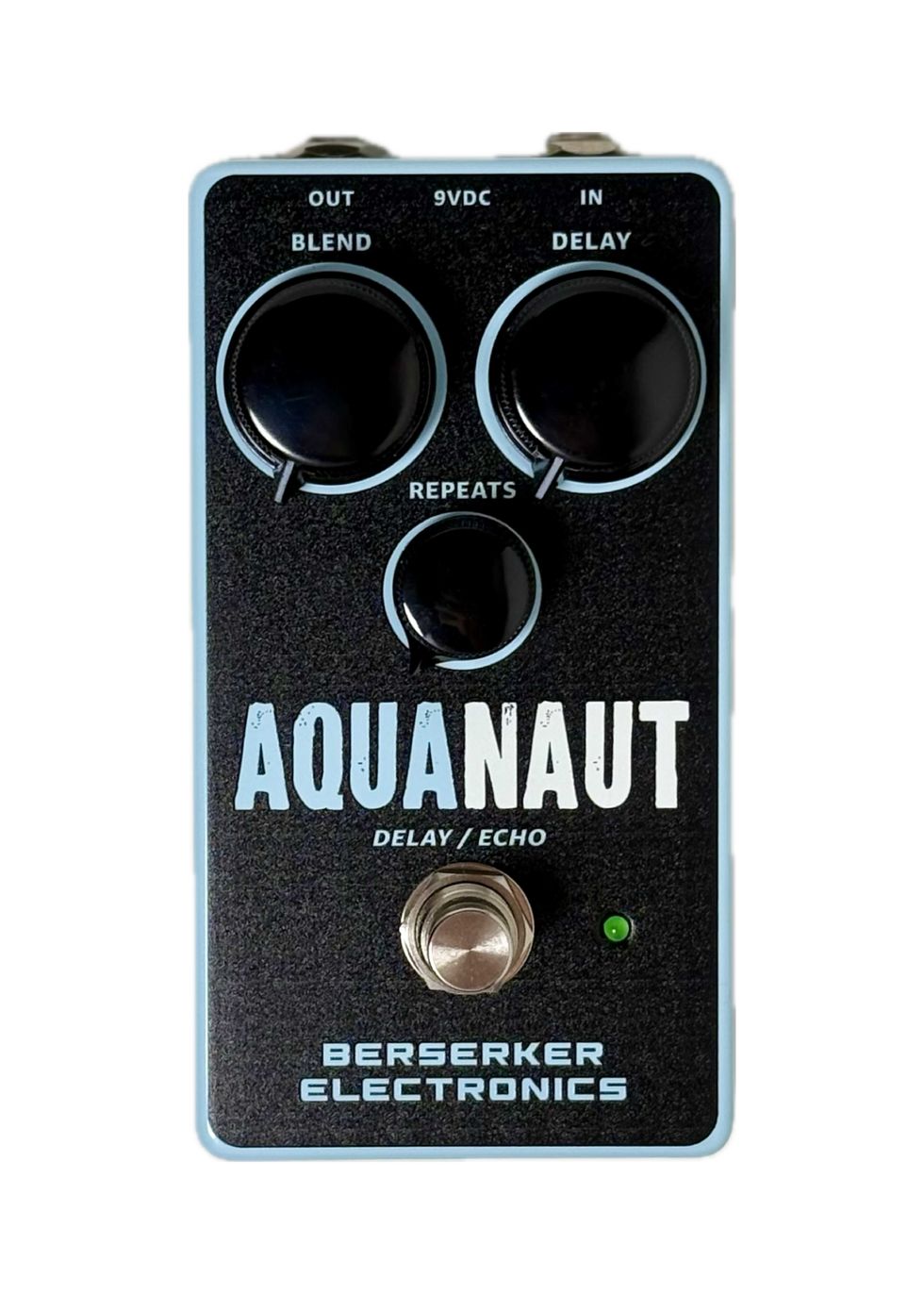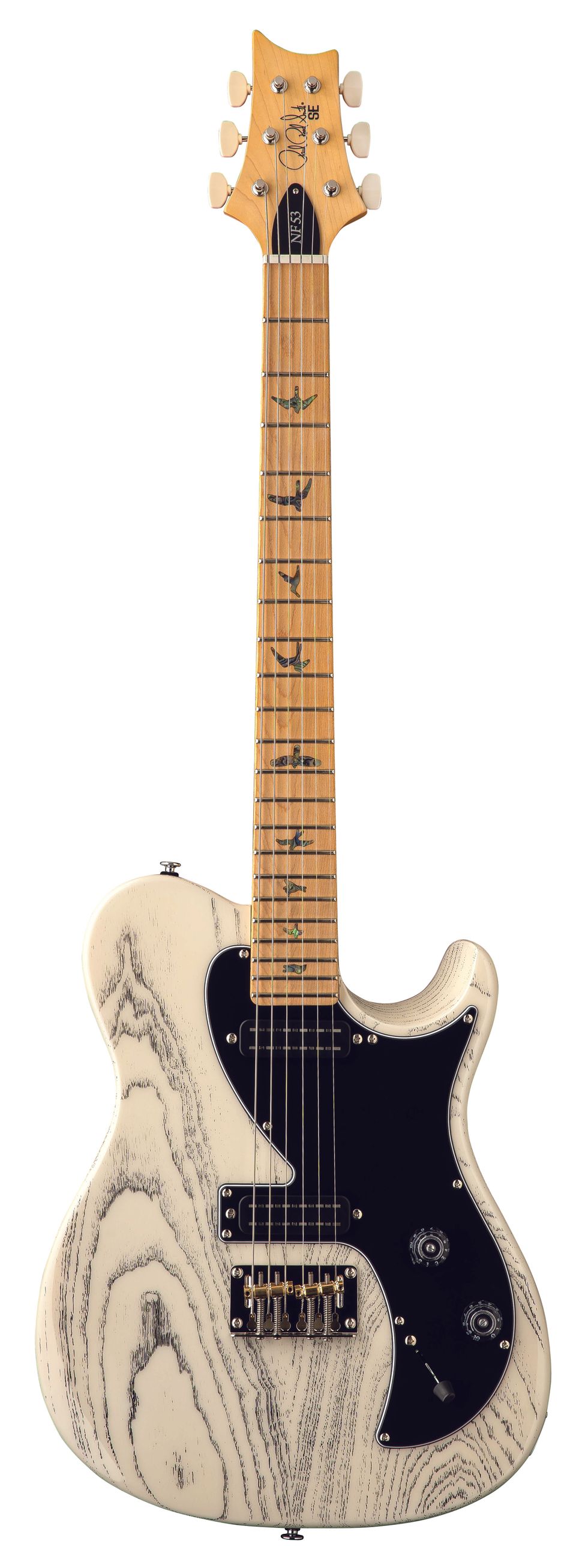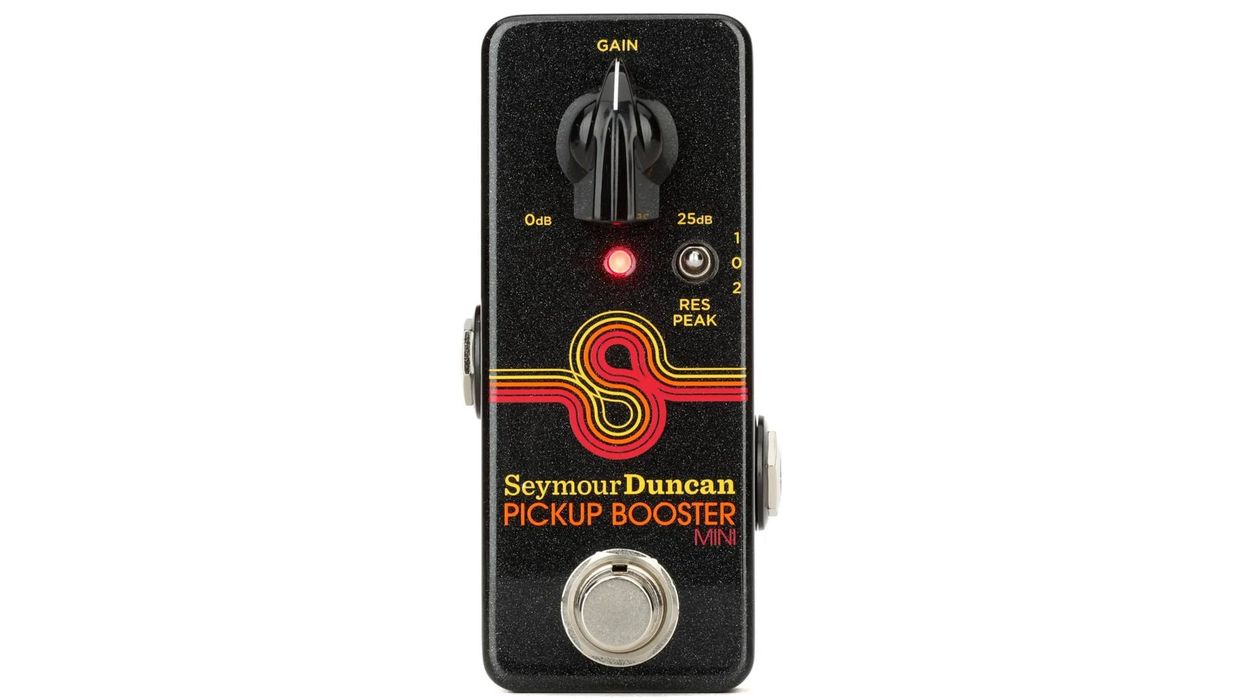On YouTube, you can watch a segment from Universal Newsreel titled “Teen-Age Rage: Modern Sitar Rocks the U.S.” The clip came out in 1967—one year after “Paint It Black,” two years after “Norwegian Wood,” and at a time when the craze for Indian sounds in Western rock was at a peak.
Watch guitarist Vinnie Bell demo his then-new invention in this newsreel from 1967.The video shows studio guitarist Vinnie Bell demonstrating an instrument he developed with Nathan Daniel and the Danelectro company: his new signature-model electric sitar. Bell offers some snazzy licks as a voice-over narration explains, “Recording star Vincent Bell warms up an instrument which is creating excitement in today’s popular music world. It’s an electric sitar invented and designed by Mr. Bell. It produces the new exotic Eastern sound first introduced by the Beatles…. If you play guitar, you can play the sitar.” The whole thing plays like a proto-YouTube demo. It even cross-promotes the album, Pop Goes the Electric Sitar, that Bell released on Decca the same year.
The rear view shows some routine belt-buckle and neck wear on this good-condition 1968 model.
Produced under Danelectro’s Coral brand name, Bell’s design was essentially an electric guitar souped-up to sound more like a sitar. It accomplished this in two ways. First, Bell and Daniel designed a new “sitarmatic” bridge that endowed the normally tuned guitar strings with a certain slappy twang. You can read the pair’s patent application for all kinds of details on this device, including their claim that they “made possible the mass production of sitar bridges which are moreover superior in operation to handmade bridges.”
Danelectro’s Coral brand survived just three years, and its name appeared on electric sitars, the single-cutaway Combo, the Fiddle Bass, and Firefly guitars and basses.
In addition to their bridge with wide string spaces, the electric sitar includes a second course of 13 strings spanning a lipstick pickup and auto-harp-like tuning setup. These strings are meant to drone sympathetically with what’s being played on the guitar section, imitating the sympathetic strings on a traditional sitar. The patent application notes that “the player may, if he likes, strum across the series of non-fingered strings for whatever effect he aspires to.” The instrument also has two lipstick pickups in the usual slots, and six dials for tone and volume to control them, with no selector switch.
The core difference between the electric sitar and a conventional guitar is a modified bridge, sympathetic strings, and a third pickup.
To what degree these contraptions really capture the authentic sound of an acoustic sitar and if this instrument can rightfully be termed a sitar is open to discussion. But from the perspective of a session player like Bell, it’s easy to understand why he’d want to be able to offer the distinct tones of the sitar in his portfolio. The same logic holds true when thinking of other Bell-Danelectro collaborations, such as the electric 12-string Bellzouki and 31-fret Guitarlin.
Although this is far from a standard guitar, the company’s ubiquitous lipstick pickups helped the electric sitar bring on the exotica.
Coral and Danelectro ceased making guitars in 1969, but original Coral electric sitars are usually available. Today’s featured guitar with red crackle finish comes from The Music Zoo of Farmingdale, New York, and is in excellent playing condition, though it is lacking the original pickguard. In addition to original specimens like this, multiple revivalist brands have produced Bell-style electric sitars including, most notably, the now-defunct Jerry Jones company along with Italia and Agile. New, our instrument listed at $139. The current asking price is around $3,000.
Fun fact: You can hear a Bell Coral Sitar on one of the tracks from the solo section of Van Halen’s “Ain’t Talkin’ Bout Love.”
George Gruhn, Sarah Rose Jones, and Vintage Guitar Magazine were additional sources for this article.
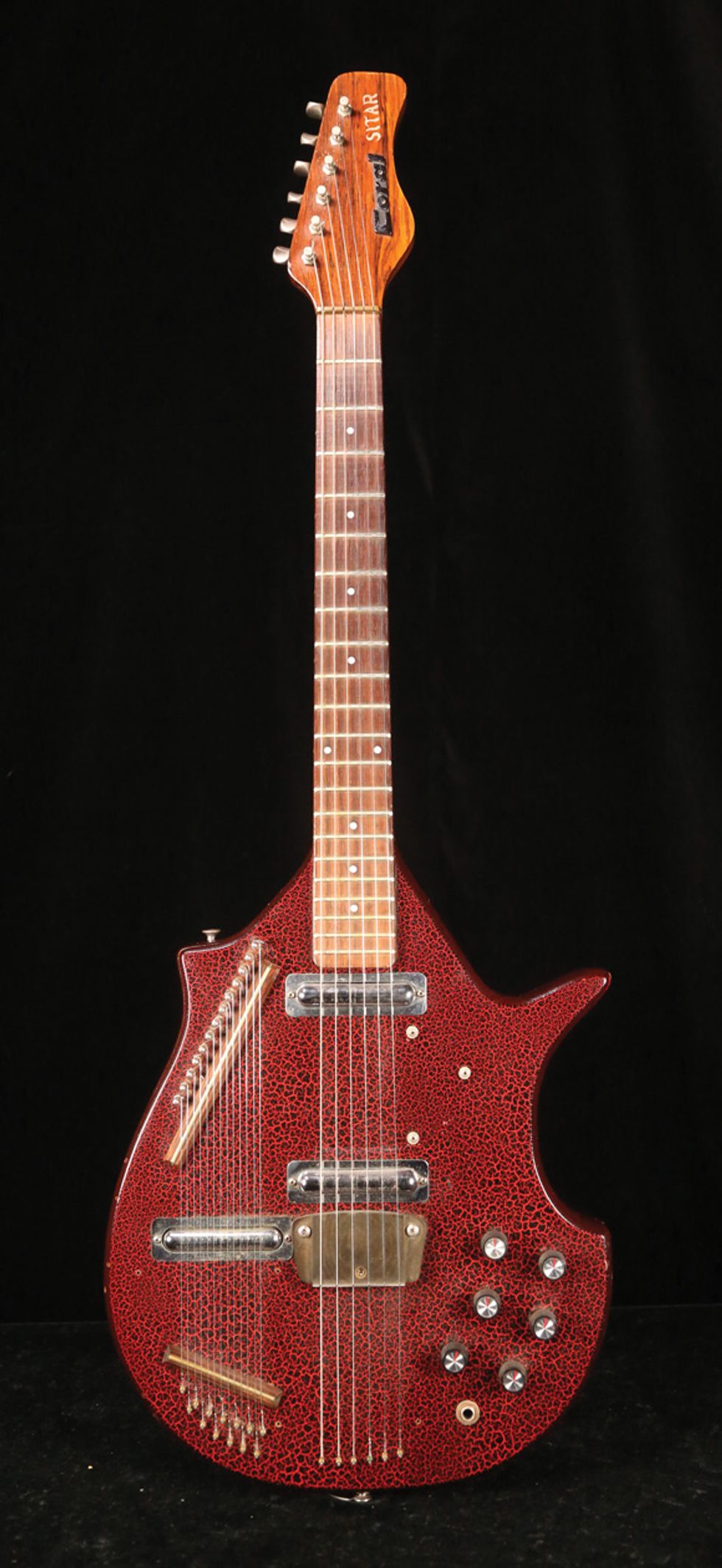

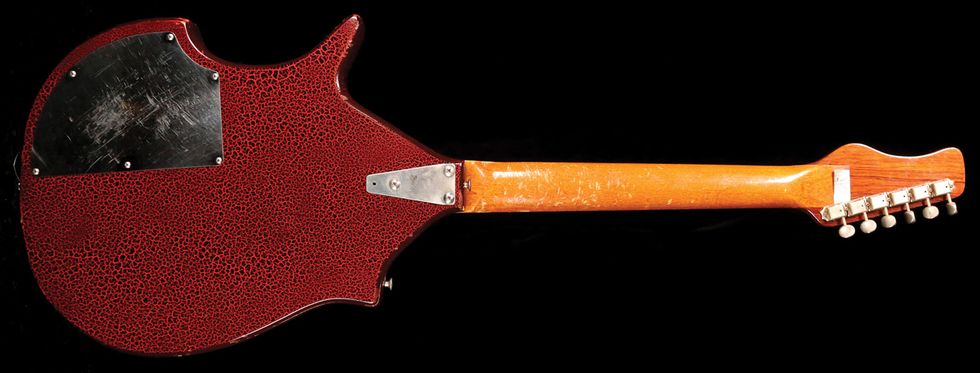

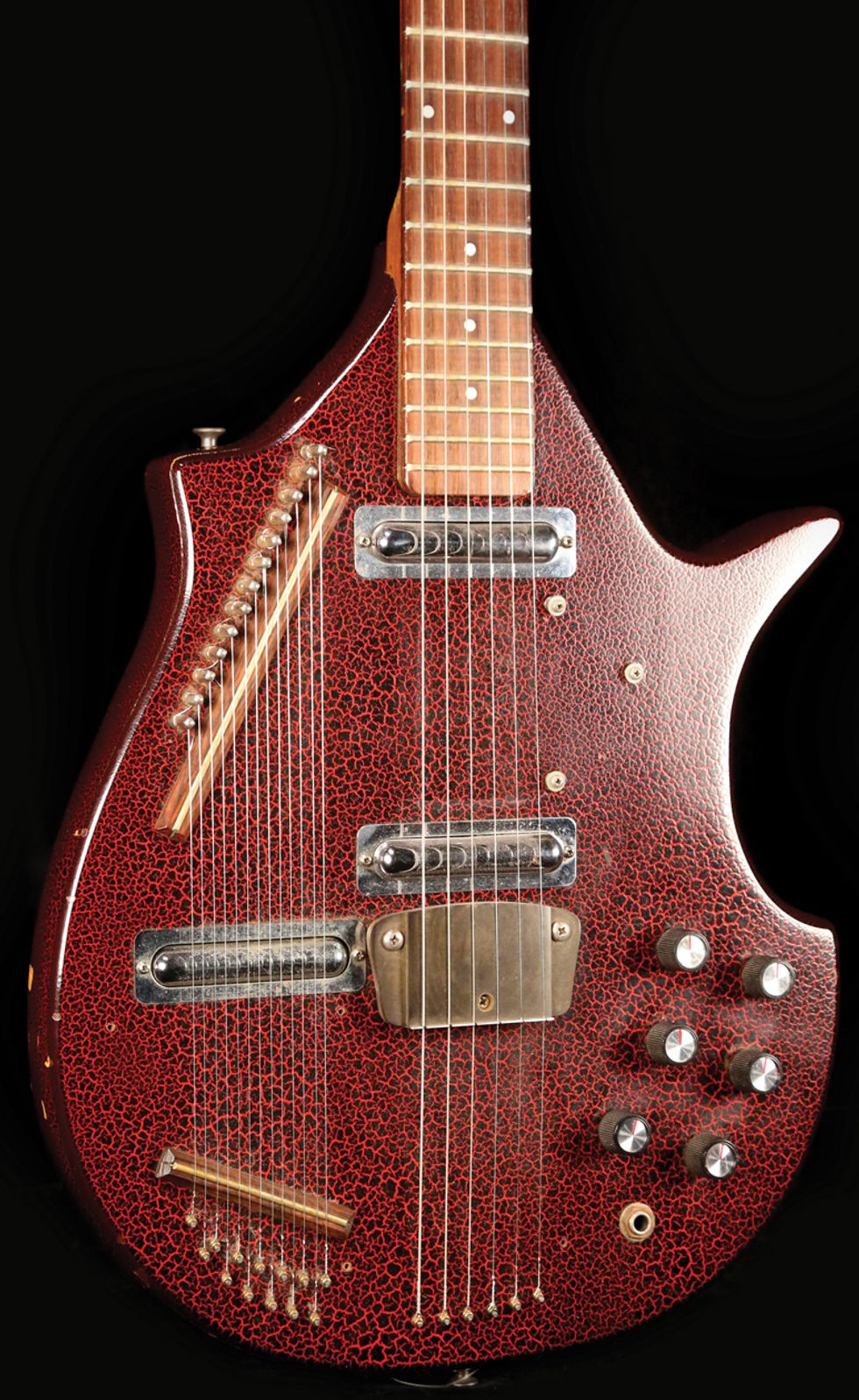
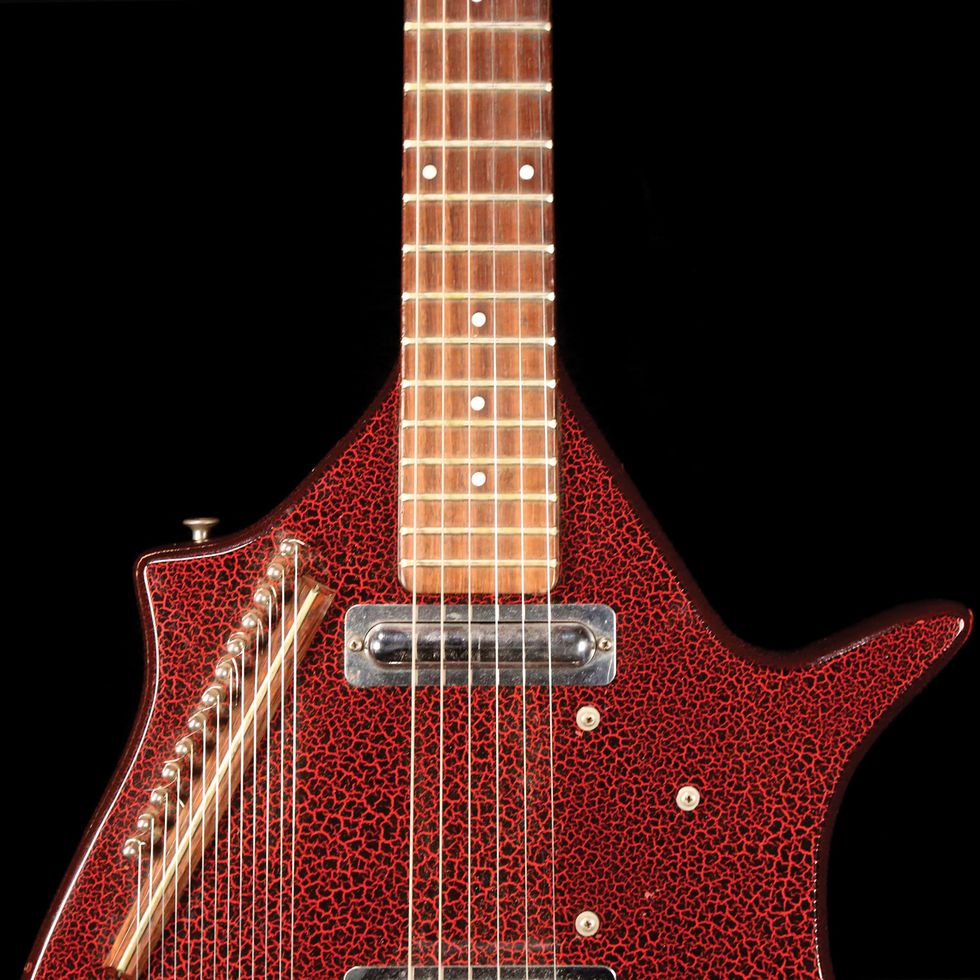




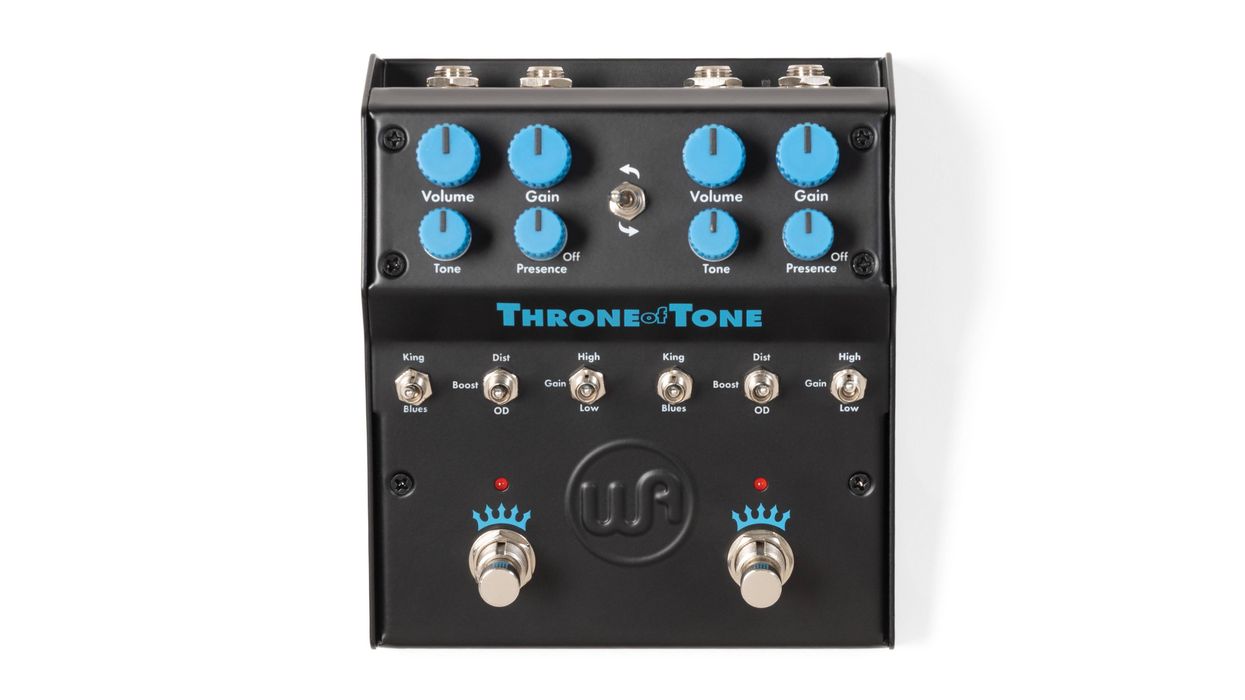
![Rig Rundown: AFI [2025]](https://www.premierguitar.com/media-library/youtube.jpg?id=62064741&width=1245&height=700&quality=70&coordinates=0%2C0%2C0%2C0)
![Devon Eisenbarger [Katy Perry] Rig Rundown](https://www.premierguitar.com/media-library/youtube.jpg?id=61774583&width=1245&height=700&quality=70&coordinates=0%2C0%2C0%2C0)


